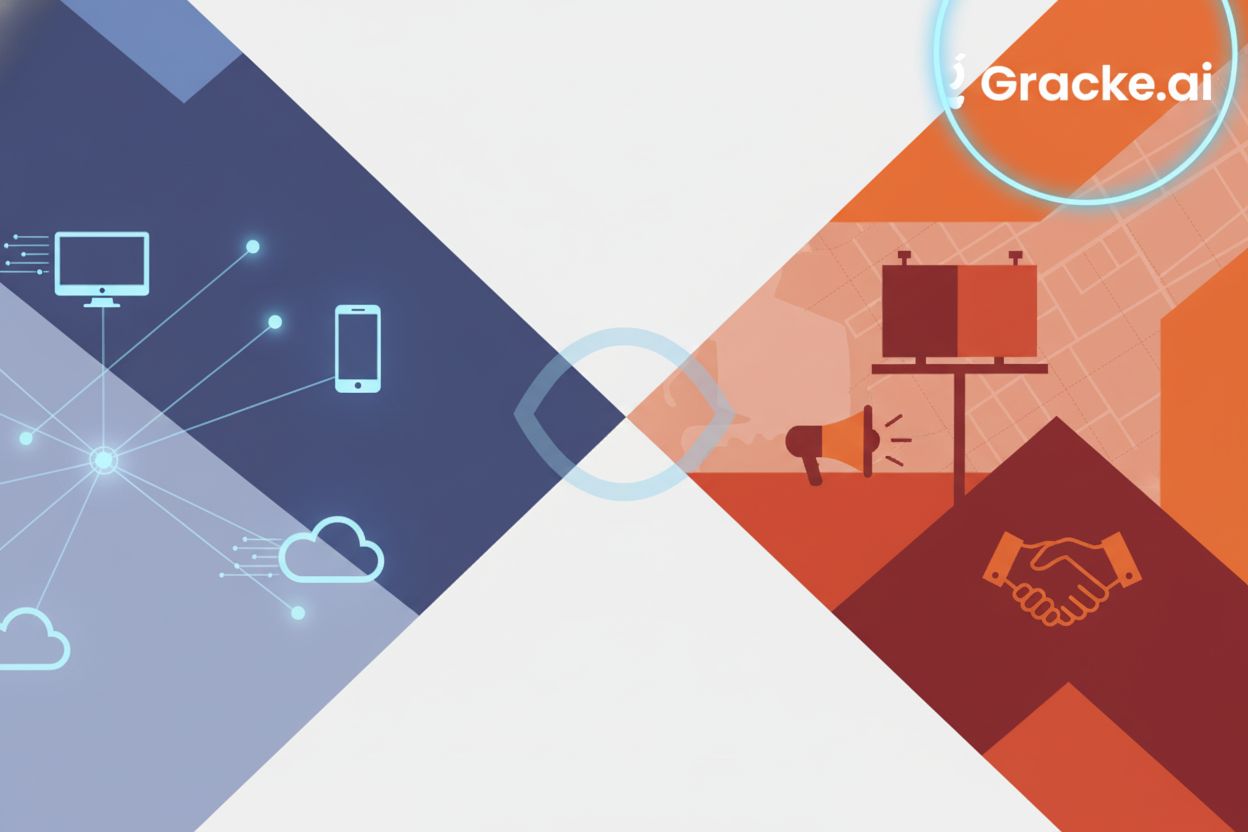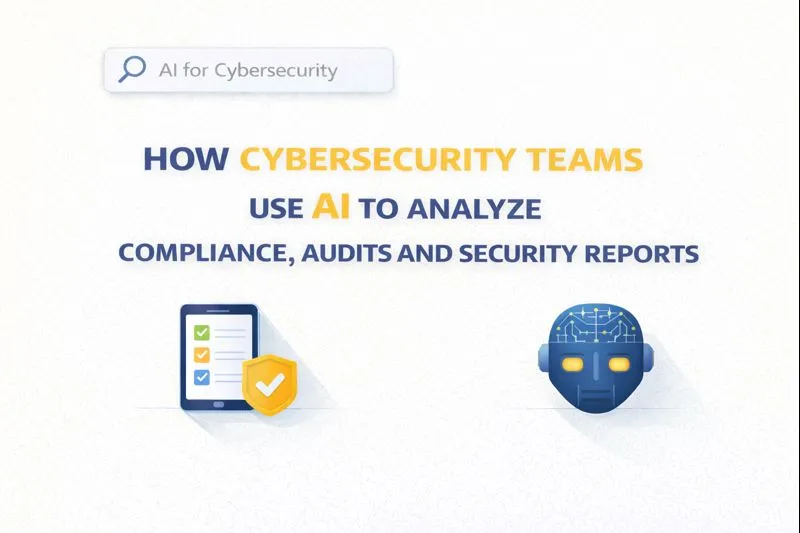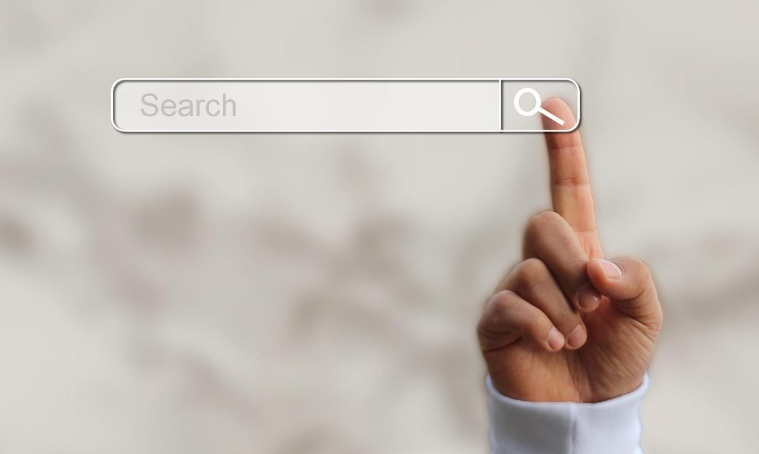Comparing Online and Offline Marketing Strategies

TL;DR
Introduction: The Marketing Landscape Today
Marketing, huh? It's not just about ads anymore, is it? Seems like everything's changing, like, yesterday. But what's really different about how we market stuff these days? It's a whole mix of things, really.
- Online marketing's where it's at for reaching, like, everyone. Think social media, targeted ads, the whole shebang. It's how you get to those niche audiences, you know? (Niche Audience: Definition, Benefits and How To Attract One - Indeed)
- Offline marketing, though? Still matters. Face-to-face stuff, community events—it builds trust in a way the internet can't always replicate. Plus, some folks still don't spend their life online.
- Integration is key. It's not an either/or thing; it's a "how do we make these play nice together" kinda deal.
Consider a local bakery. They could use Instagram to show off their pastries, and also sponsor the local farmers market. See? Both!
The marketing landscape is evolving, and it's crucial to understand the strengths of both online and offline strategies. It's all about finding the right mix to reach your audience, wherever they are.
Ready to dive deeper into how these strategies compare? Let's get to it.
What is Online Marketing?
Online marketing, eh? It's more than just throwing up a website and hoping for the best! It's really about using the internet to, like, connect with folks and sell stuff. Its really a big deal now, which is awesome.
- Search Engine Optimization (seo): Getting your site to show up higher on Google.
- Pay-Per-Click (ppc) ads: Paying to get your ads seen, targeted to the right people.
- Social Media Marketing: Engaging with customers where they already are.
- Email Marketing: Sending out newsletters and promotions, which, tbh, can be hit or miss.
Online marketing focuses on building relationships you can, like, track. It's about knowing who's clicking what and then, doing more of that. On the other hand, it's not face-to-face, so trust can take longer to build. It's not that it can't be built, it just takes a different approach, maybe through consistent value and transparent communication. Anyway, let's explore the other side of the coin.
What is Offline Marketing?
Offline marketing? Think of it as the "real world" marketing. I mean, does anyone even call it that anymore? It's not as shiny as online stuff, but still important!
- Tangible brand presence: Brochures, business cards—stuff people can actually hold.
- Local impact: Great for reaching folks in your neighborhood, sponsoring the local soccer team, etc.
- Trust factor: Some people just trust physical stuff more, especially the older crowd.
It's not all sunshine and roses, of course.
According to Fleximize, offline can be pricier and harder to track. This is often because the costs of printing, distribution, and event participation can add up quickly, and it's more challenging to directly attribute sales or leads to a specific offline campaign compared to a digital one.
Let's see how these two approaches stack up.
Comparing Online and Offline: Key Differences
Okay, so online and offline marketing, right? It's not just about where you're marketing, but how things work under the hood. Kinda like comparing a race car to a monster truck – both get you places, but... differently!
Here's where they really split:
- Audience Reach: Online, you can hit folks globally, and get super specific with who sees your stuff. Think targeting cat lovers in Cincinnati who also buy organic coffee. Offline? It's more like shouting in a room, hoping the right ears perk up.
- Interactivity: Online lets you chat back and forth, see what people are saying instantly. Offline is more like sending a message in a bottle—you gotta wait and see if anyone replies.
- Cost: Online can be budget-friendly, letting you tweak things on the fly. Offline? Bigger upfront costs, less wiggle room.
Which brings us to measuring all this stuff.
Measuring the Success of Your Marketing Strategies
So, you're throwing marketing strategies out there, but how do you know if they're actually working? It's not just about gut feelings, y'know?
You gotta track stuff. Here's a few things to keep an eye on:
- Website traffic, lead generation, conversion rates: are folks actually doing what you want them to do on your site? High traffic is great, but if no one's converting into leads or customers, something's off. Success here means seeing a steady increase in qualified leads and a healthy conversion rate that aligns with your business goals.
- Social media engagement, brand mentions: Is anyone even talking about you? Or are you just shouting into the void? Good engagement means likes, shares, comments, and positive mentions that show your brand is resonating.
- Event attendance, direct mail response rates: Did anyone show up? Did they use the coupon? These metrics tell you if your offline efforts are translating into real-world action.
Okay, so you know what to track, but how?
- Google Analytics, crm dashboards, social media insights: these can give you a birds-eye view of whats happening. They help you see patterns, understand user behavior, and identify what's driving results.
- Customer surveys, tracking codes, response rates: Get direct feedback! Ask customers where they heard about you. This qualitative data is invaluable for understanding the why behind the numbers.
- Analyzing roi across all channels: Are you actually making money? (uh, hopefully) This is the bottom line – are your marketing investments yielding a positive return?
Now, let's talk about actually doing this stuff.
Online Marketing Strategies for B2B SaaS Growth
Okay, so you're a B2B SaaS company, right? Gotta get those leads somehow! Online marketing is where it's at for growth.
SEO and Content Marketing: Creating blogs, guides, and ebooks that solve your audience's problems. Think of a cybersecurity company creating a guide on "Preventing Phishing Attacks." What makes content "valuable" for B2B SaaS is when it directly addresses pain points, offers actionable solutions, or provides industry insights that position your company as a thought leader. It's about educating and empowering your potential customers.
Paid Advertising (ppc): Running targeted ads on Google, LinkedIn, or even industry-specific websites. If you're selling ai-powered marketing tools, you might target "marketing managers" on LinkedIn.
Email Marketing: Nurturing leads with personalized email sequences. Send out relevant content, promotions, and product updates.
Don't underestimate email! Next, we'll look at measuring what works.
Offline Marketing Strategies for B2B SaaS Growth
Offline marketing for B2B SaaS? Yeah, it's still a thing! You might be surprised how well it works, if you do it right.
- Industry Events and Conferences: Networking is key! Connect with potential clients and partners. Show off your product or service; build face-to-face relationships.
- Direct Mail: Target specific folks with mail pieces. Send tangible marketing materials; reach decision-makers who might not be online all day.
- Print Advertising: Advertise in industry-specific mags; target your content and build brand awareness. For B2B SaaS, this means placing ads in publications your target audience actually reads, featuring content that highlights your unique value proposition or addresses a specific industry challenge. The brand awareness built here is about establishing credibility and recognition within your niche.
Next up: measuring what works and what's a waste.
Integrating Online and Offline Strategies
Okay, so you've got your online and offline marketing going, right? But are they, like, talking to each other? It's not enough to just do both; they should work together, right?
- Drive offline traffic online: Say you're running a local bookstore. Put a qr code on your flyers that links to your online book club. Easy peasy.
- Boost online engagement offline: Run a social media contest where folks have to visit your store to enter. It gets people through the door!
- Consistent branding is key: Make sure your logo, colors, and message are the same whether someone sees your ad online or walks into your store.
Think about a healthcare provider. They could use targeted facebook ads to promote a free health seminar at a local community center. This works because the online ad captures attention and provides information, while the offline seminar offers direct engagement and builds trust. For a retail store using direct mail coupons to encourage visits to their website, the mailer acts as a tangible reminder and incentive, driving online action. See how that works? the customer journey needs to be smooth, like butter.
Next up: how to measure the success of all this!
Conclusion: Finding the Right Balance
So, you've been juggling online and offline marketing. Now what? It's not about picking a side; it's about finding the sweet spot, right?
- It's all about your audience. Are they glued to their phones, or do they still read the local paper? A financial advisor targeting retirees might find more success with print ads than TikTok, y'know?
- Blend, baby, blend! A retail store could use instagram to show off their new products, but also host a "meet the designer" event in store.
- Keep tweaking. What works today might not work tomorrow. Marketing is like a sourdough starter; you gotta feed it and adjust it to keep it alive. "Feeding" it means consistently creating and distributing content, running campaigns, and engaging with your audience. "Adjusting" it means analyzing your results, identifying what's performing well and what's not, and then making changes to your strategies based on that data.
Finding the right balance means staying flexible, and always keeping your customer in mind.




